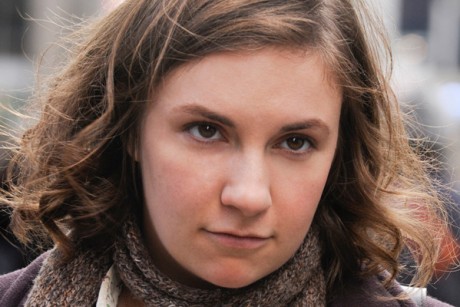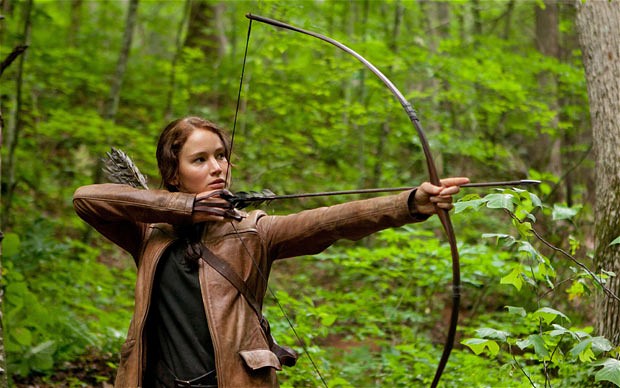
Lena Dunham’s interview in Salon makes me have a little more faith in the direction of Girls if only because she focuses less on the “I’m-too-good-for-a-job” hipster dilemma and more on what it’s actually like to be a sexually active young woman in New York City. All we good sex-positive feminists often feel uncomfortable even mentioning some of the negative aspects of contemporary sexuality for fear it will make us seem man-hating or prudish. Also, ”social scientists” love to cling to these details to argue it would be better if we all went back to guarding our hymenical treasures until marriage. Therefore, I’m impressed that Dunham is willing to handle the complex, sticky (sometimes literally) problem of young women being sexual, wanting to have sex, but also finding themselves continually used sexually in ways that are not particularly satisfying and sometimes hurtful and borderline rapey. Unfortunately, even though women are now much more willing to talk about cum in their faces or whether or not to include said face in a sext, many still find it difficult to express their own needs for fear of losing a guy or even seeming like a killjoy. We still have a long, long way to go until women are getting the enjoyable sex they deserve, and this show seems like it could be one small, awkward step in the right direction. Also, she won me over by referencing the eternal Jordan Catalano/Brian Krakow dilemma.



